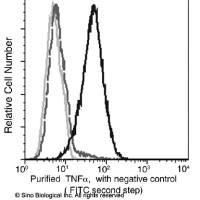Differentiation Analysis of Pluripotent Mouse Embryonic Stem (ES) Cells In Vitro
Pluripotent embryonic stem (ES) cells are characterized by their almost unlimited potential to self-renew and to differentiate into virtually any cell type of the organism. Here we describe basic protocols for the in vitro differentiation of mouse ES cells into cells of the cardiac, neuronal, pancreatic, and hepatic lineage. The protocols include (1) the formation of embryoid bodies (EBs) followed by (2) the spontaneous differentiation of EBs into progenitor cells of the ecto-, endo-, and mesodermal germ layer and (3) the directed differentiation of early progenitors into the respective lineages. Differentiation induction via growth and extracellular matrix factors leads to titin-expressing spontaneously beating cardiac cells, tyrosine hydroxylase-expressing dopaminergic neurons, insulin and c-peptide co-expressing pancreatic islet-like clusters, and albumin-positive hepatic cells, respectively. The differentiated cells show tissue-specific proteins and electrophysiological properties (action potentials and ion channels) in cardiac and neuronal cells, glucose-dependent insulin release in pancreatic cells, or glycogen storage and albumin synthesis in hepatic cells. The protocols presented here provide basic systems to study differentiation processes in vitro and to establish strategies for the use of stem cells in regenerative therapies.
![预览]()






